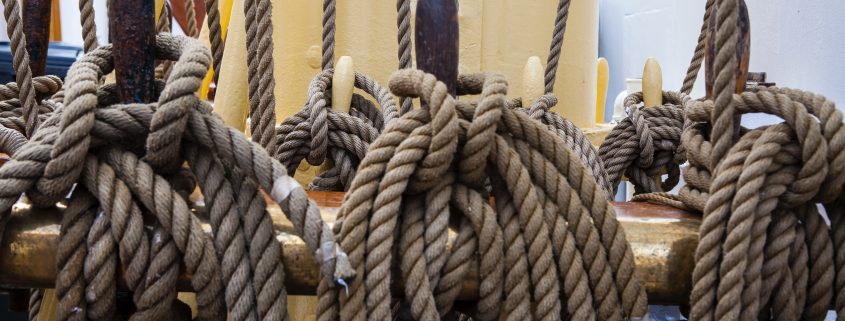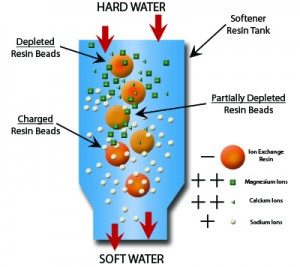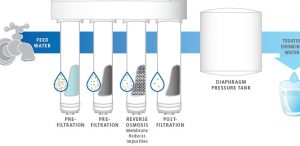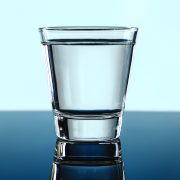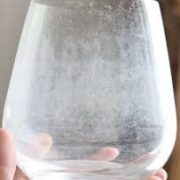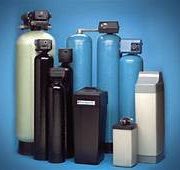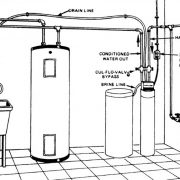Water softeners.
Salt-based. AMT. Ion-exchange. RO.
Choosing a new water softener can be confusing. Don’t let the process tie you in knots!
The bottom line: consider what would benefit your household the most. To help you get a handle on finding your new water softener system, we’ve put together a list of the most common water softeners and a brief explanation of their pros and cons. Happy reading!
Salt-Free Water Softeners
While it is commonly thought that salt-free water softeners remove hard water chemicals, that is not the case. This type of water softener changes the chemical composition of the magnesium and calcium in the water so that they won’t stick to surfaces. All that means is that you won’t have a residue buildup in pipes and lines, the walls of your hot water heater, and no “scales” on your dishes. The “salt-free” water softener doesn’t “soften” one’s water, but rather “conditions” it. This option is more of a filtration system than a water-softening system.
Magnetic/Anti-Scale Magnetic Treatment (AMT)
The AMT is less expensive than some other water softener options, including salt-based. It has an incredibly long-life expectancy of up to forty years. This would also be a great option for the household that needs to limit their daily sodium intake. While this option is considerably cheaper than its counterparts, unfortunately, 
Salt-Based/ Ion Exchange
This water softener option uses the process of Ion Exchange, which removes the hard water chemicals magnesium and calcium from the water. During this process, the hard water chemicals are attracted to a negatively charged polymer resin bed, which is what removes them from the water supply. Those chemicals are replaced by positively charged sodium ions when salt is used to clean the water softener and regenerate the resin bed so that it can continue to do its job effectively. This option is the exact definition of what a water softener is.
Reverse Osmosis
As with the salt-free water softener system, Reverse Osmosis (RO) is more of a filtration system than a water softening system. This option uses hydrostatic pressure across the membrane, which acts as a type of water filter. This process physically removes contaminates and hard water chemicals from the water supply itself. Below is a list of benefits for installing a reverse osmosis system:
Tasteless water– some water supplies have a foul taste to them and adding a RO system might help to alleviate this problem.
Tinted and/or Stinky Water– hard water minerals and even some impurities can cause a water supply to look murky and have an unpleasant smell. RO might help to fix this.
This option is also considered more environmentally friendly than others since it doesn’t use chemicals in its process. Some reports say that this process can remove up to ninety-eight percent of water imperfections. RO can be a tricky system to use. For example, some reports find that consumers only had five to fifteen percent of usable water returned. The rest just washed down the drain. You can read more about reverse osmosis water softeners here.
So, how do you decide?
Ultimately, it is up to you, but Knoxville Water Treatment is here to help. Our experts in water softening systems can meet with you and help you determine what is best for your household. We’ll help you assess past concerns and issues, identify your specific household needs and get the water softener system that’s just right for you and your family. Give us a call today!

